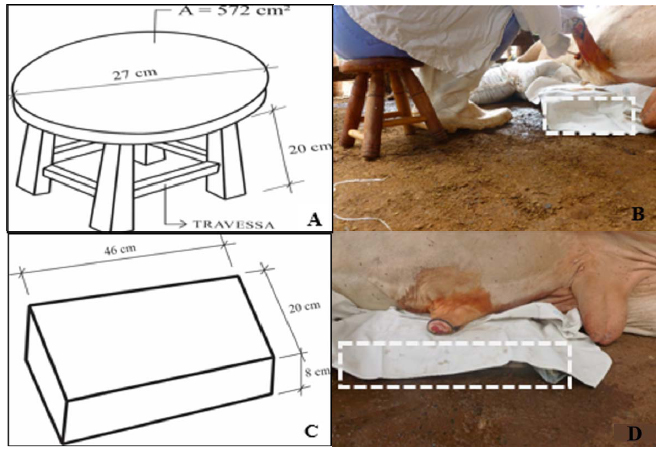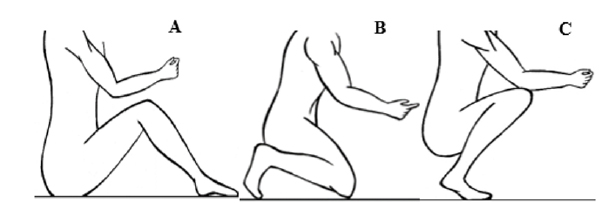ABSTRACT
The study was conducted based on the information collected on rural properties in the state of Goiás, during practical classes of Surgical Clinic in Large Animals at the Veterinary Hospital of the Escola de Veterinária e Zootecnia of the Universidade Federal de Goiás and during the implementation of outreach projects developed by the institution. An acropostite-phimosis surgical procedure in the bulls in the field was selected, lasting over 30 minutes and requiring movements, posture and strength on the part of the surgeon. Devices were proposed and developed to provide improved comfort and safety to surgeons. The first device was a stool to be used by the professional during the execution of the surgical intervention. The use enabled the surgeon to sit down and rest their feet on the ground, reducing knee bending and distributing the support forces in various muscle groups. For the movement restriction of the surgeon, another accessory was developed to support the foreskin of the animal. Made of wood, this other device serves as a support for keeping the foreskin away from the ground and close to the surgeon. Its length, width and thickness established a good relation with the stool height, providing minimal discomfort to the professional. The third device was designed to assist in the immobilization of the animal and increase safety for the patient and surgical team. A fourth accessory was designed to protect the scapular region and avoid the occurrence of injuries in the radial nerve, myopathies and traumas during the rollover or prolonged stay of the animal in lateral decubitus. The choice of the shape, dimensions and softness of the device was mainly based on the weight of the animal. Such devices have proven to be effective, reducing the time of surgery, making cervical and lumbar movement easier, in addition to providing better support to the surgeon, reducing risks of musculoskeletal diseases.
Keywords:
bovine; surgery; diseases; postoperative





